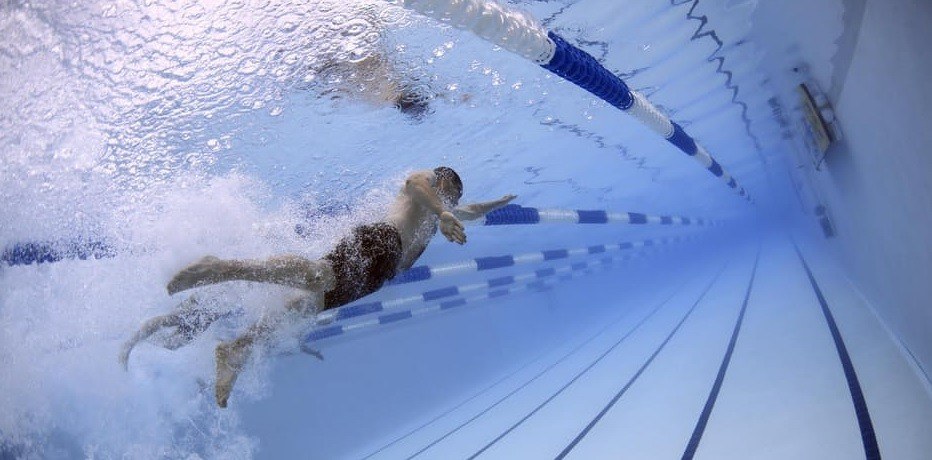
Athletes are a group who is at a higher risk of suffering from eye damages. Sport practice is one of the main causes of eye traumas. Furthermore, athletes require a specially high definition vision, and a practical optical correction system. Refraction errors such as myopia, hyperopia and astigmatism cause a great discomfort as they lead to high dependence on glasses, which are usually uncomfortable when practising sports.
Every type of sport we practice has specific risks for our eye health:
In terms of athletics and open air sports, there is a risk to suffer from sunburns or foreign bodies, such as sand, in the cornea.
Some sports require a high precision vision, like shooting sports. This may be altered due to eye problems that affect our aim, such as troubles in binocular vision, fusion and vision response. Some of these alterations are not perceived in early stages, although the do affect the athlete performance.
Moreover, in order to get some permits, such as automotive or shooting permits, it is necessary to undergo and pass some vision exams. Such specific vision exams assess parameters such as static and dynamic vision, peripheral vision and ocular motricity.
Protection against sunlight
The use of protective sunglasses is essential in order to avoid eye damages caused by UV and blue light rays. Eyes need to be protected by means of approved tinted glasses so as to avoid damages in the crystalline lens, the retina or the macula.
Protection against contusions and perforations
Eye trauma is the main cause of blindness among children. The use of protective glasses for sports is essential to avoid such trauma. Safety glasses should be made of polycarbonate and have UV filters. They also need to hold the required European certification for that specific sport.
Use of contact lens
The use of conventional prescription glasses does not offer enough eye protection when practising sports. Therefore, we should use specific prescription safety glasses or combine the use of contact lenses with specific safety glasses.
Although the use of contact lenses provides a higher peripheral vision, avoids mist and limits as little as possible our visual field, they should never be used alone without additional protection when practising sports, as in case of eye trauma they could pose a higher threat to our vision.
Contact us or request an appointment with our medical team.